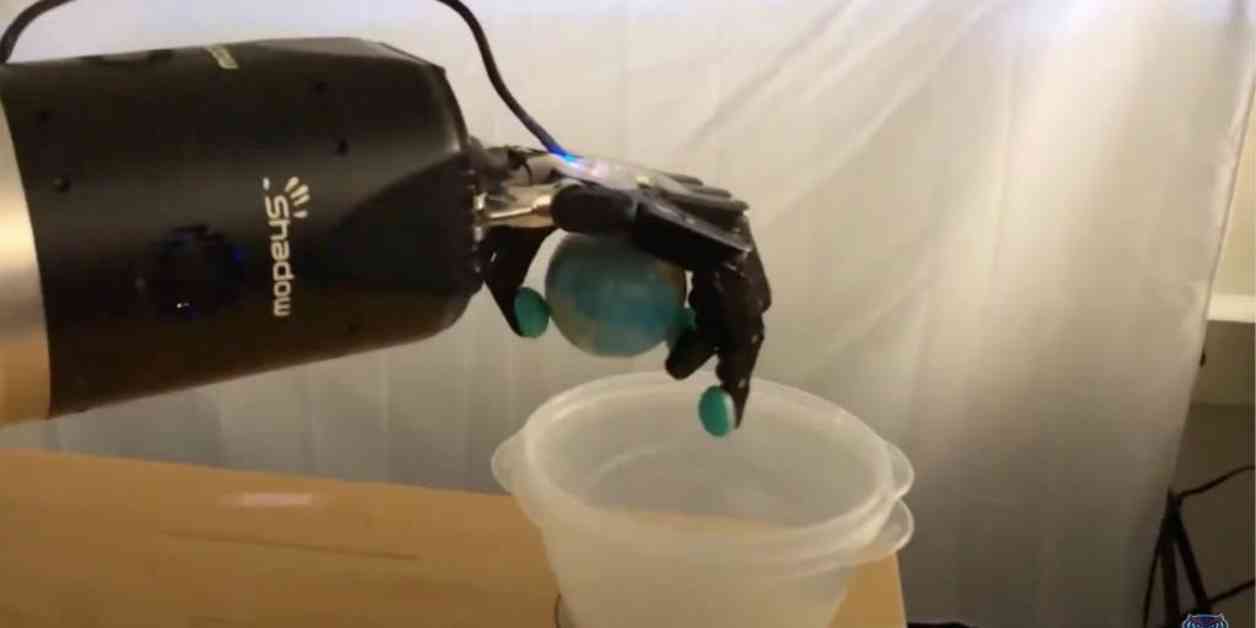Revolutionizing Prosthetic Technology: Soft Robotic Armband Offers Natural Control for Users
In a groundbreaking study conducted by researchers at Florida Atlantic University (FAU), a new technology has emerged that could revolutionize the experience of prosthetic hand users. The study, published in Scientific Reports, showcases the development of a wearable soft robotic armband that enables users to grasp and manipulate two objects simultaneously with a prosthetic hand, offering a level of dexterity and functionality previously unattainable.
The Study’s Findings: A Game-Changer for Prosthetic Users
The research team at FAU’s College of Engineering and Computer Science, in collaboration with the Charles E. Schmidt College of Science, combined haptic feedback, electromyogram control, and the soft robotic armband to explore the feasibility of controlling grip forces on two objects at once. The results were nothing short of extraordinary, with participants successfully handling tasks like pinching a card while unscrewing a water bottle lid or toggling a light switch with their little finger.
The multichannel soft robotic armband played a pivotal role in this achievement, providing users with artificial sensations of touch through soft actuators and vibrotactile stimulators. Participants reported that haptic feedback was more crucial than visual feedback, highlighting the significance of tactile sensations in enhancing prosthetic technology.
Implications for Future Prosthetic Design and User Benefits
The implications of this study go beyond immediate user benefits, hinting at a paradigm shift in how prosthetic hands could be controlled in the future. By offering refined dexterity control and enhanced sensory feedback, this research opens up possibilities for individuals with upper limb loss to engage in tasks previously deemed impossible with traditional prosthetics. The study also revealed that participants with limb loss performed as well as able-bodied subjects, signaling a promising future for prosthetic technology advancements.
In conclusion, the development of the soft robotic armband represents a significant leap forward in prosthetic technology, paving the way for greater independence and functionality for users. As researchers continue to refine these systems, the prospect of prosthetic hands surpassing natural capabilities looms on the horizon, promising a brighter future for individuals with disabilities.
As we reflect on the transformative impact of this study, it’s essential to consider the human stories behind prosthetic technology. Each advancement represents a triumph over adversity, a step towards empowerment and inclusivity. What personal experiences or stories do you have related to prosthetics or assistive devices? Share your thoughts and join the conversation on the future of prosthetic technology.




